What does gender equality as a universal value mean in practice? Where’s the boundary between equality of opportunity and outcome? Who gets to draw, adjudicate and enforce that boundary?
I recently watched two quarter-final matches in the Australian Open. The three-set Ash Barty-Karolina Muchova match involved 24 games over 1h:57m. The 52 games in the five-set Stefanos Tsitsipas-Rafael Nadal match lasted 4h:5m. That begs the question: how should the principle of gender equality be applied in the allocation of prize money between the men and women? Even the great champion Serena Williams would likely fall outside the top 100 of men’s tennis rankings.
In translating the principle-as-ethical value into practice-as-prize money, equality could mean one of four things, each with ‘equal’ claims to legitimacy:
- One all-inclusive competition open to everyone of all genders;
- Parallel tournaments for men and women with prize money the same for every round;
- Prizes determined on the basis of audience and broadcasting rights, reflecting respective drawcards for generating revenue;
- Prizes determined on the basis of ‘equal pay for equal work’ that recognises the much longer duration of men’s matches.
I decided to dig into last year’s Australian Open. The men’s final five sets involved 47 games in 3h:59m. The women’s final three sets saw 26 games over 2h:3m. Over the entire tournament, on average the four women semi-finalists played 22 games per match compared to 39 games per match for the four men semi-finalists. In the first round at this year’s Open, the men’s matches lasted on average 34 games at 2h:24m per match; for women it was 20 games and 1h:34m.
Into this vexed question we must now add the highly charged debate of transgender athletes. Tossed about amidst mountainous swells of identity politics and gender wars, Western societies seem to have lost their ethical moorings. Science holds that sex is biologically fixed by XX and XY chromosomes. Ideologues hold that sex and gender are fluid and self-defined based on feelings. Inevitably, new laws protecting designated gender-oriented groups from discrimination come into ugly collision with existing gender-specific laws and practices designed to protect biological women’s rights: from jobs to sports, showers, toilets, scholarships and even prison cells. In embracing extremes of liberal sentiment to correct the wrongs of historically victimised groups, Western societies have lost the moral compass by which to adjudicate the competing claims of minority groups and majority communities with properly demarcated boundaries. Once society has given legal protection against the requirement to ‘prove’ womanhood, they cannot be prevented from entering gender-segregated arenas.
This creates an acute problem with respect to privacy and competition in particular. Tennis great Martina Navratilova was attacked for criticising trans athletes who invade women’s sports, saying allowing transgender women to compete in women’s sporting tournaments was ‘insane and cheating’. Her comments were condemned as ‘disturbing, upsetting, and deeply transphobic’. When Canadian trans cyclist Rachel McKinnon made headlines for winning a major world championship, those questioning ‘her’ achievement were aggressively attacked as ‘transphobic bigots’. The woman who finished third had complained ‘it’s definitely NOT fair’. A photo that went viral appeared to prove her point.
In Connecticut, 15 women’s state championships were won by 10 different girls in 2017 but just two biological boys won all 15 the following year. Ten state records for female track that were previously held by 10 different female runners were bettered by just one of the two male runners. In June 2019, three frustrated track and field girls filed a civil-rights complaint with the state education department that allowing trans girls to compete in girls’ sports violated their civil rights and possibly cost them scholarships. They were vilified on social media for doing so but on 28 May last year, the federal Department of Education’s Office of Civil Rights ruled in their favour. On 21 January, Abigail Shrier tweeted that ‘on day 1’, President Joe Biden ‘unilaterally eviscerates women’s sports’. According to Newsweek’s analysis, however, one of Biden’s 17 executive orders on his first day in office addressed discrimination based on sexual orientation or gender identity but did not specifically concern itself with trans women in sports.
Outside the sporting arena, the governors of Brighton and Sussex University hospitals recently decided to implement a gender inclusive language policy. The ‘maternity services’ department becomes ‘perinatal services’, ‘mothers’ gives way to ‘birthing parents’, ‘breastfeeding’ to ‘chestfeeding’, ‘breastmilk’ to ‘human milk’, ‘chestmilk’ or ‘milk from the feeding mother or parent’; and ‘father’ is cancelled in favour of ‘parent’, ‘co-parent’ or ‘second biological parent’. Set aside the murderous assault on the English language – giving birth, breastfeeding and menstruation (as J.K. Rowling reminded us) are women-specific biological characteristics not transferable to men no matter their self-identify and legal classification. As Zoe Strimpel comments, ‘Those whose lives have been shaped by the realities of biological womanhood are now being told their words for that experience are antagonistic and exclusionary, that womanhood as they understand and feel it is merely a regressive concept’.
Parents who want to protect their daughters – one of the most powerful human instincts – from potential sexual predators in women-only ‘safe’ spaces, or being confronted with male genitalia in girls’ changing rooms and showers, are not transphobes to be punished and re-educated. The overriding justification for separate men’s and women’s competition is male attributes of height, speed, strength, bone density and stamina, based on the science of biology rather than the sentimental hues of ideology. These give men too much of an unfair advantage for women to be able to compete on a level playing field. The evidence suggests that trans women retain most of the physical advantages over biological females of their male physiques. Permitting them to compete in women’s events therefore negates the whole point of gender-segregated competitions in the first place.
The aggressive promotion of entry of biological males into women’s sports seeks to undo all the hard-won gains of women-specific competitive and safe spaces. Sports’ governing bodies should either abolish gender-segregated competitions entirely or have the courage of scientific conviction to restrict them to biological genders, not capitulate to bullying. That said, men can support the fightback but the leadership can only come from women.
Got something to add? Join the discussion and comment below.
Get 10 issues for just $10
Subscribe to The Spectator Australia today for the next 10 magazine issues, plus full online access, for just $10.
You might disagree with half of it, but you’ll enjoy reading all of it. Try your first month for free, then just $2 a week for the remainder of your first year.

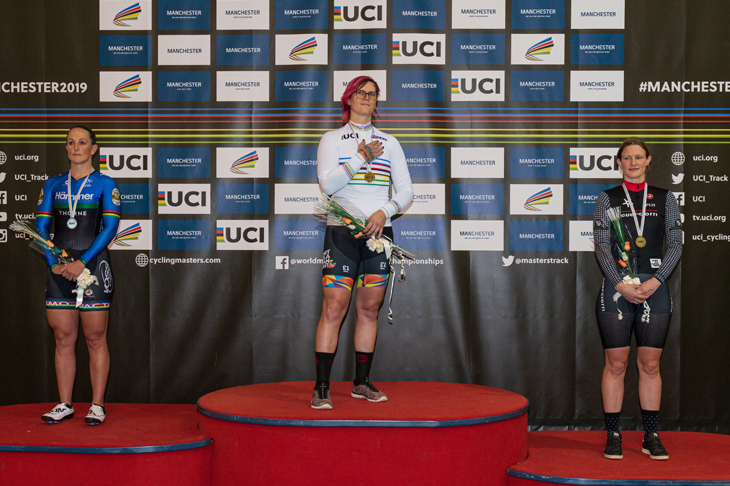

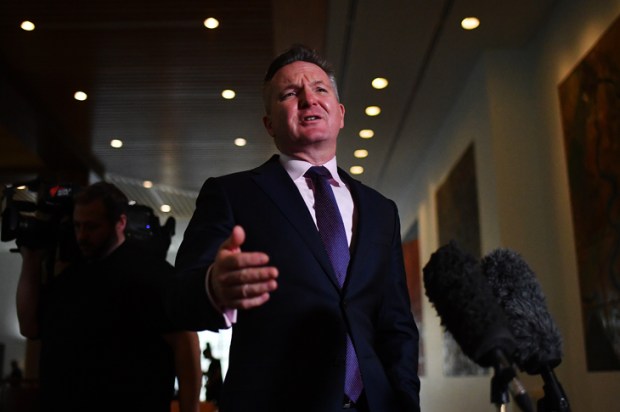
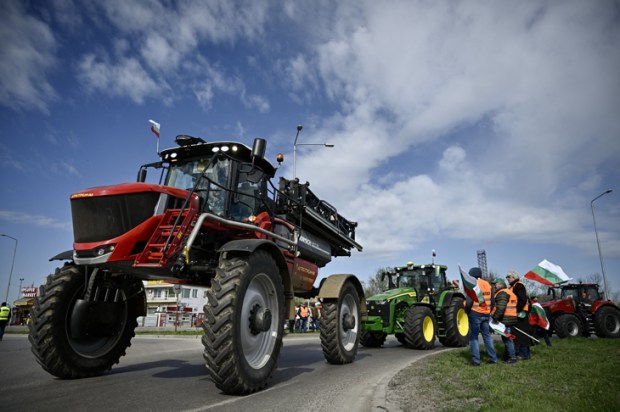
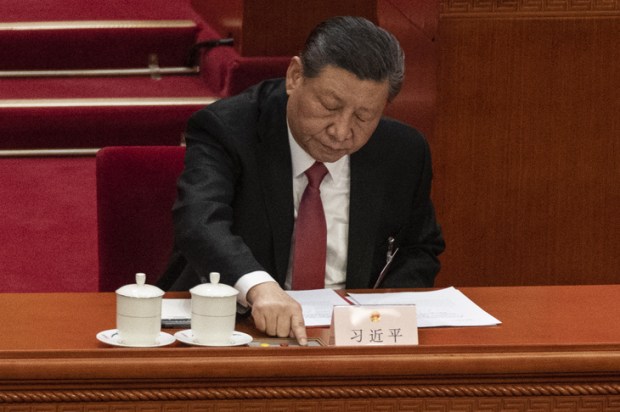
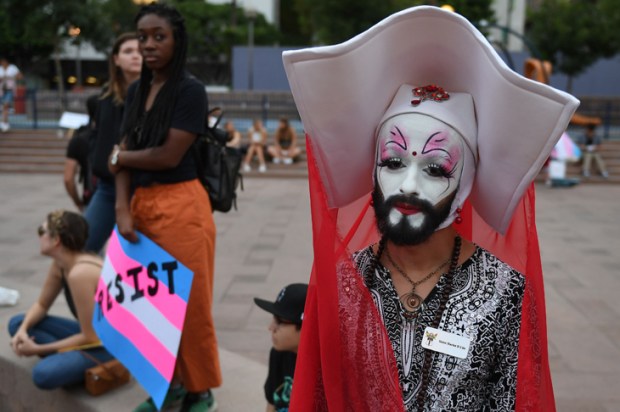







Comments
Don't miss out
Join the conversation with other Spectator Australia readers. Subscribe to leave a comment.
SUBSCRIBEAlready a subscriber? Log in